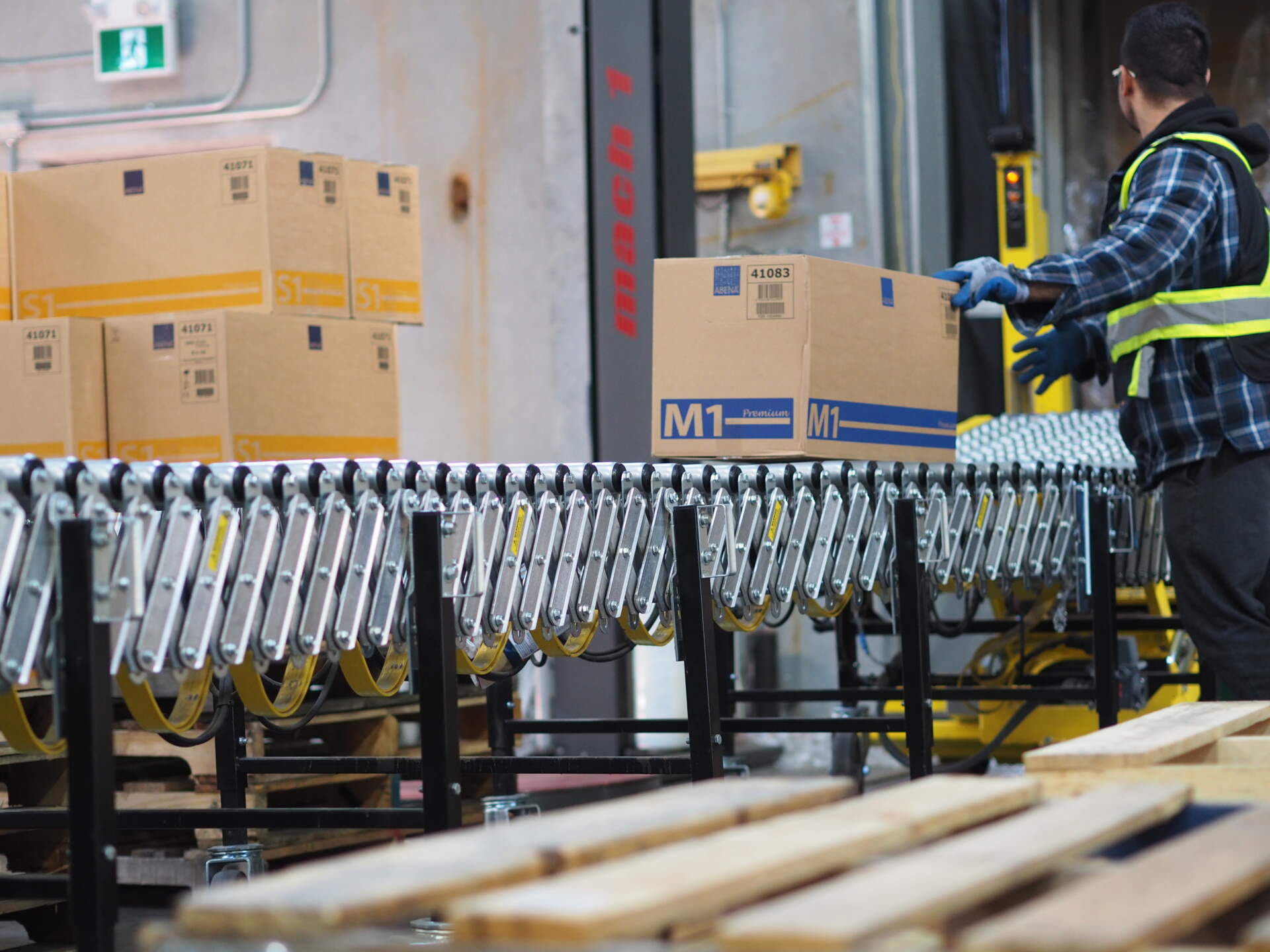
Questions about distribution strategy? Our professional team is here to help.
The Foundation of an Effective Distribution Strategy
A well-structured distribution strategy is essential for businesses seeking to maximize efficiency, reduce costs, and expand market reach. Whether you operate a manufacturing firm, a retail business, or an e-commerce platform, your ability to distribute strategically can define your competitive edge.
But how do you determine the best approach? Are you leveraging the right distribution networks? Do your distribution channels align with consumer demand and supply chain efficiency? Are you making full use of distribution centres to ensure smooth and cost-effective operations? These are critical questions for businesses looking to optimize their product distribution strategy.
Understanding Distribution Strategies: The Core Approaches
Different businesses require different types of distribution. Choosing the right model depends on your industry, product type, and customer expectations. Below are the primary distribution strategies:
1. Intensive Distribution
- Ideal for fast-moving consumer goods (FMCGs) such as snacks, beverages, and personal care products.
- Ensures maximum market coverage by using multiple distribution channels and retail outlets.
- Requires high logistical coordination to avoid stockouts and inefficiencies.
2. Selective Distribution
- Best suited for higher-end consumer goods, electronics, and fashion.
- Limits the number of distribution centres and indirect channels to maintain brand integrity and pricing strategy.
- Provides better control over the customer experience while maintaining availability.
3. Exclusive Distribution
- Typically used for luxury brands, automotive manufacturers, and niche markets.
- Grants exclusive rights to a single product distributor or retailer in a specific region.
- Enhances brand prestige but limits market reach.
4. Direct Sales Distribution
- Involves selling directly to consumers via e-commerce platforms, company-owned stores, or direct shipments.
- Eliminates intermediary costs but increases logistical complexity.
- Suitable for businesses that want full control over their brand and pricing.
5. Indirect Distribution Strategies
- Utilizes intermediaries such as wholesalers, retailers, and department stores.
- Reduces direct logistical burden but may lead to pricing markups.
- Effective for businesses that prioritize broad market penetration while leveraging existing distribution networks.
The Role of Distribution Centres in Modern Supply Chains
One of the most critical factors in a distribution strategy is the efficient use of distribution centres. The choice between a central distribution centre and multiple product distribution centres can significantly impact supply chain efficiency and customer satisfaction.
Central Distribution Centre
- One primary facility where inventory is received, stored, and dispatched.
- Enhances control over stock levels, reduces storage costs, and simplifies logistics.
- Best for businesses with national or international reach that rely on high-efficiency fulfillment models.
Product Distribution Centres
- Multiple regional hubs that store and distribute products closer to end-users.
- Reduces shipping times and transportation costs, improving customer satisfaction.
- Ideal for businesses that require rapid delivery in high-demand regions.
Choosing the Right Distribution Channel
- Businesses must evaluate whether direct sales or indirect channels will better serve their target clientele.
- A direct distribution strategy provides greater control but requires more infrastructure.
- Indirect distribution strategies can help businesses reach a larger audience while leveraging department stores and third-party retailers.
How to Distribute Strategically: Key Considerations
To refine your strategy of distribution, consider these crucial elements:
1. Align Distribution Networks with Customer Preferences
- Use market data and analytics to determine where demand is highest.
- Optimize distribution centres locations to minimize transit times.
- Leverage demand forecasting to prevent overstocking or shortages.
2. Evaluate Logistics Partnerships
- Partner with third-party logistics (3PL) providers to streamline supply chain management.
- Negotiate favorable shipping contracts to lower costs.
- Implement technology-driven tracking for real-time inventory visibility.
3. Incorporate Sustainable Distribution Practices
Consider green logistics initiatives such as electric delivery vehicles or optimized routing to reduce emissions.
- Utilize central distribution centres to reduce energy consumption and waste.
- Partner with eco-conscious product distributors to enhance corporate social responsibility.
4. Adapt to Regulatory Considerations in British Columbia
- Ensure compliance with the Transportation of Dangerous Goods Regulations (TDG) for specific industries.
- Adhere to local environmental policies affecting supply chain operations.
- Work with local authorities when establishing new distribution channels to avoid zoning and licensing issues.
5. Leverage Technology for Distribution Efficiency
- Implement warehouse management systems (WMS) for better inventory control.
- Use AI-driven demand forecasting to optimize stock levels.
- Integrate blockchain technology to enhance supply chain transparency.
Future Trends in Distribution Strategy
As supply chain dynamics evolve, businesses must stay ahead of emerging trends in distribution networks and logistics. Here are key developments to watch:
Automation and Robotics: Warehouses are increasingly relying on AI-driven automation for order picking and fulfillment.
Drones and Autonomous Vehicles: These technologies could revolutionize last-mile delivery in urban and rural areas.
Omnichannel Integration: A seamless blend of online and offline distribution channels is becoming essential for retail and e-commerce businesses.
Decentralized Warehousing: More companies are shifting from a central distribution centre model to a network of product distribution centres for faster local deliveries.
Conclusion: Refining Your Distribution Strategy for Success
A well-structured distribution strategy can transform your business operations, reducing costs while maximizing efficiency and customer satisfaction. Whether you rely on distribution networks, optimize distribution channels, or refine logistics partnerships, every decision impacts long-term success.
Assess your current approach:
Are you leveraging the right types of distribution?
Do your distribution networks align with customer preferences?
Should you pivot toward a central distribution centre or multiple product distribution centres?
By continuously refining your strategy of distribution, you can stay ahead in an increasingly competitive market. Now is the time to evaluate, adapt, and optimize. Contact Canadian Alliance Terminals today to learn more about our facilities, expertise, and strategies for meeting your needs.
